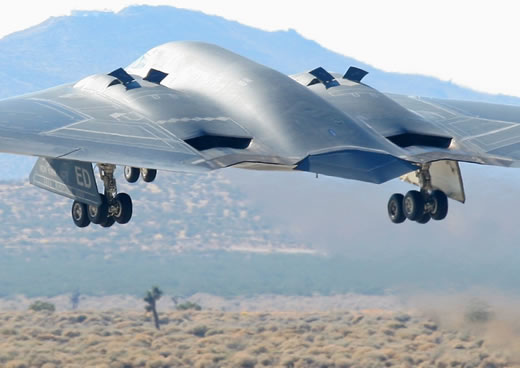
The U.S. Air Forces’ Research Laboratory (AFRL) has implemented Hot Trailing Edge (HTE) skin composed of AFR-PE-4 composite material on the B-2 stealth bomber. Through the implementation of the new composite AFRL expects to virtually eliminate field repairs, reduce downtime, and achieve higher mission capability rates for the bomber.

Located behind the exhaust nozzles on the aircraft’s upper surface, the B-2 HTE experiences repeated thermal and vibro-acoustic stress. The polyimide material presently used for HTEs degrades quickly in this operational environment; as the incessant exposure to heat and engine exhaust exceeds its capabilities, the material cracks and the resin disintegrates. Recognizing the need for a more resilient material in late 1990s, AFRL commenced its design of a new application based on AFR PE 4. Through the recent demonstration the new skin was confirmed to be more durable, higher-performing material, compared to the HTE material currently used on B-2s. Following the recent tests, future AFRL activities will include preparation of the demonstrated materials for flight evaluation on the B-2.



















